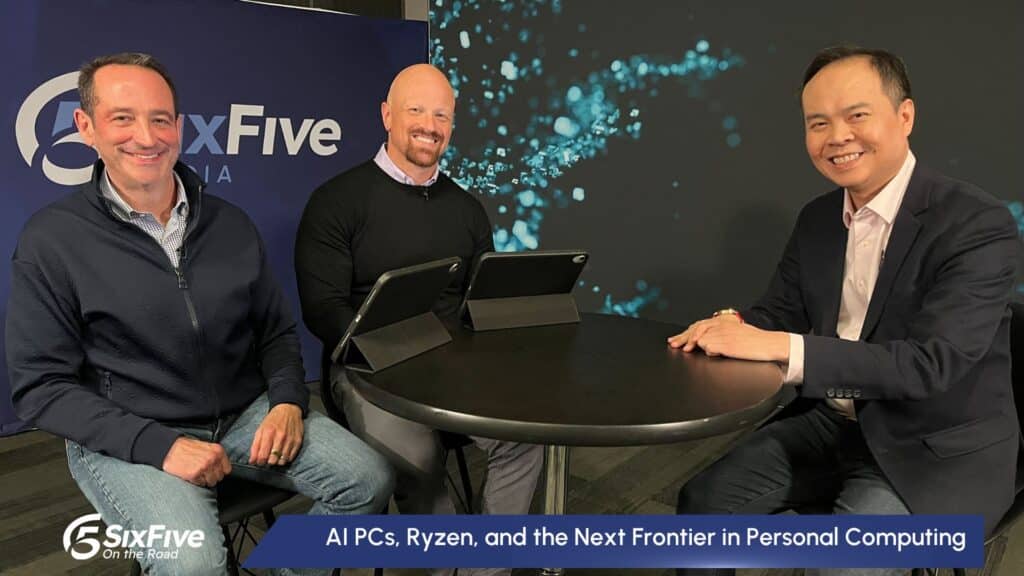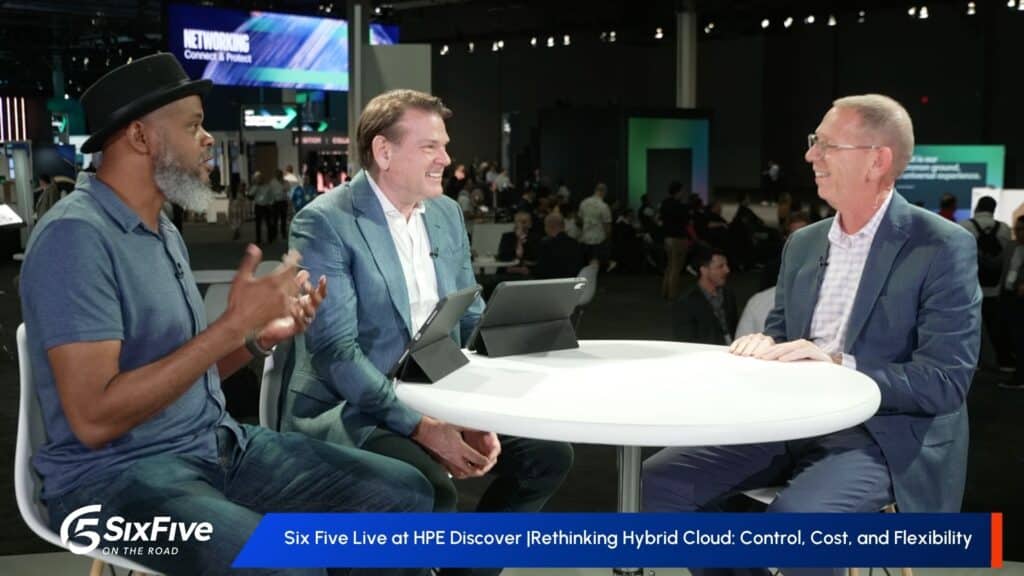Maintaining a balance between ensuring customer experience and the need to ensure solid revenue streams is a challenge faced by many organizations. Amid an environment where menu hacks are shared on Twitter to highlight ways to save money by using special order combinations that are designed to provide more value to the customer, any pushback from corporate entities often is met with scorn and derision. Press coverage of any corporate actions designed to protect these revenue streams often takes a negative slant, painting the company as greedy or not customer-centric.
A recent example comes from printer manufacturer HP, which has a vested interest in enticing customers to solely purchase HP-branded ink cartridges. HP sells its printers at a loss, and then attempts to generate a profit through cartridge sales over a printer’s lifetime.
Last week, Reddit users apparently were outraged due to HP implementing a software update that would prevent some of its printers from printing if third-party ink cartridges were detected. According to an Ars Technica report, before installing the latest firmware update for their printer, a printer user would see a “can’t guarantee quality” message if unofficial ink cartridges were detected. However, after the update was installed, the printer simply refused to print because the ink cartridges “contain a non-HP chip.”
HP refers to its cartridge authentication system as “Dynamic Security,” which according to a response sent to Dash Research for this article, “may block cartridges that do not utilize HP chips or circuitry. We do this because third-party cartridges that use non-HP chips or circuitry can pose risks, including to our customers’ hardware performance, print quality, and security.”
HP notes that as part of HP’s Bug Bounty program, a researcher demonstrated that a non-HP print cartridge with a non-HP chip could be reprogrammed with malware to exploit vulnerabilities discovered on the electronic data interface (EDI) to gain persistent access and control to the printer, and the firmware update protects connected printers against this type of illicit activity.
Moreover, by limiting the ability of an HP printer to be only used with HP cartridges, it ensures better quality control. Many users that experience printing problems using third-party cartridges that are not made to HP specifications will not blame quality issues on the ink cartridge, but on HP, which negates the work HP does to ensure a quality customer experience with its products.
According to a PCMag.com story, HP faced legal issues when trying to implement similar security functions in the past, including a lawsuit filed in Australia in 2018, a fine levied by Italy in 2020, and a class-action lawsuit that was filed in the US in 2020. However, each of these actions were the result of HP not adequately informing customers of the presence of ink authentication systems, rather than the actual implementation of such a security system.
From a CX perspective, there are a few key takeaways. First, it is important for product and service vendors to clearly explain to customers any terms or limitations with using third-party accessories or consumables, particularly if there are specific consequences to using them (such as no longer being able to use the product if a third-party part or consumable is used).
Secondly, organizations need to specifically illustrate the value to the customer of using original equipment, in terms of performance or experience. For example, clear illustrations of how using uncertified, counterfeit, or otherwise untested parts or consumables can negatively impact the performance of the product, or the quality of its output need to be made explicitly clear. Similarly, from a customer experience perspective, using only branded equipment will help ensure that any service or warranty claims remain in force.
Finally, depending upon the product or service, it makes sense to reiterate the value proposition at work, through explainer videos, marketing collateral, or other customer outreach, that allows a product to be offered at its current market price. Most consumers understand that certain products are viewed as commodity items, and that the market will not support a price that will fully cover the cost of producing, marketing, and selling the item, while also allowing the manufacturer to turn a profit. Indeed, taking the razor market as an example, few people complain that you cannot simply purchase a Gillette razor and expect that other brands or third-party manufacturers’ blades will work.
Ultimately, the key to managing this type of issue is to be upfront and transparent, and highlight the benefits to the customer when implementing a protective policy.
Author Information
Keith Kirkpatrick is Research Director, Enterprise Software & Digital Workflows for The Futurum Group. Keith has over 25 years of experience in research, marketing, and consulting-based fields.
He has authored in-depth reports and market forecast studies covering artificial intelligence, biometrics, data analytics, robotics, high performance computing, and quantum computing, with a specific focus on the use of these technologies within large enterprise organizations and SMBs. He has also established strong working relationships with the international technology vendor community and is a frequent speaker at industry conferences and events.
In his career as a financial and technology journalist he has written for national and trade publications, including BusinessWeek, CNBC.com, Investment Dealers’ Digest, The Red Herring, The Communications of the ACM, and Mobile Computing & Communications, among others.
He is a member of the Association of Independent Information Professionals (AIIP).
Keith holds dual Bachelor of Arts degrees in Magazine Journalism and Sociology from Syracuse University.







